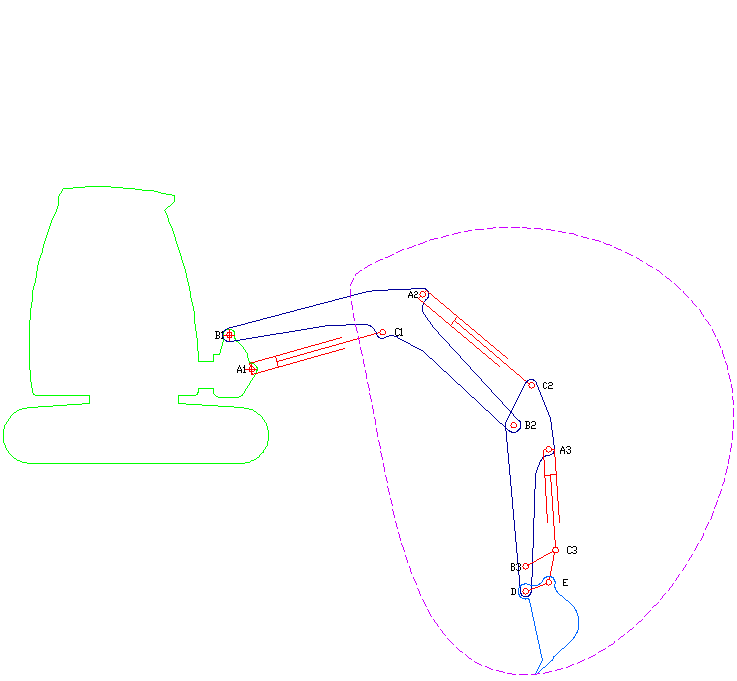One of the classes I'm taking is cross-listed between planning and engineering. As far as I can tell, planning is more about being broad-minded and considering
options and stakeholders and the future, and engineering is - similar to planning, but with the albatross of technical education hanging around one's neck and steering one towards what's most likely to be technically feasible. Having read planning reports at BA, it does seem a lot of content is there to satisfy city bylaws for bike parking and stuff. You can't really affect walkability at the consulting level. At the municipal level, city planners are definitely more suited to deal with stakeholders and the vision of what a city should be.
Anyways, about the trig - in the tutorial, the prof was discussing rolling resistance, air resistance, and gravity as forces that impede the motion of a transit vehicle. Gravity, in particular, seemed to give the planning students some difficulty.

In this picture, gravity (mg) is resolved into acceleration and normal force. We didn't touch the normal force. But we took, like, fifteen minutes to derive the downhill force. Including five minutes discussing "soh cah toa". Some planning students haven't seen a theta since grade 12 :P
I wrote this post because soh cah toa is soft.
When my mom taught me trig I got yelled at until I'd memorized all the trig ratios for 0, 30, 45, 60, and 90 in all four quadrants. This is stuff one should just
visualize and know because it's so basic. Like times tables. Learn it once. Know it. Love it. Never soh cah toa. Soh cah toa takes at least five seconds to spell out in your head and figure out what each acronym means.
When the prof was planning this course (speaking of planning, he's cross listed between engineering and planning, has PhD in electrical engineering, and is pretty much a great guy except for / including when he rags on Mississauga), there are two types of questions - the shared type, for which planning and engineering students are both deemed competent enough to solve, and the type where you pick either the planning or the engineering question, so that planners don't knock themselves out trying to integrate and the engineers can avoid writing more than 300 words at a time.
Good course.
Guy throwing concrete buckets onto a roof:
Concrete buckets are heavy. Setting up an actual concrete pumping system is expensive. So when labour is cheap, one transports concrete by throwing it on the roof.
The range of an excavator:
 Also Wikimedia Commons Picture of the Year 2014 is open again
Also Wikimedia Commons Picture of the Year 2014 is open again! I've been voting since 2007. This was also my #1 source for wallpapers for years. Vote!